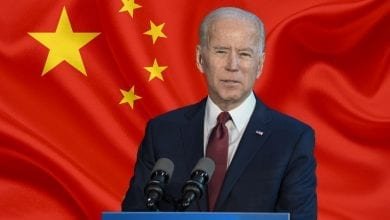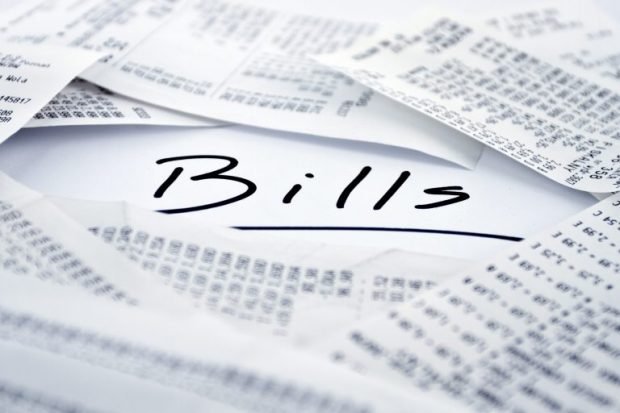Once Again, Fed Not Aggressive Enough
The Federal Reserve raised the Federal Funds Rate by 25 basis points at its March 22 meeting. Since Chairman Jerome Powell has said that bringing inflation down from the current 6% level to 2% is the Fed’s top priority, rates should have been raised by 50 or 75 basis points.
In fact, this is the third consecutive meeting where the Fed has raised interest rates less than the 75 basis point increases recorded in the prior four meetings. While it is true that inflation has fallen from the annual rate of 9.1% in June 2022 to the current 6% level, indications are that inflation is beginning to accelerate.
In January and February of this year, the Consumer Price Index registered 0.4% and 0.5% monthly increases. This is much higher than the 0.1% to 0.2% monthly increases seen in the second half of last year. Indications are that the CPI will increase even further in the coming months.
The reduction in inflation at the end of last year was partially due to the Fed’s tightening but mostly due to declining energy prices brought about by China completely shutting its economy down to fight the spread of COVID.
But China has reopened, and interest rates are way too low to discourage consumers from spending. Historically when the Federal Funds Rate is below 4.5%, monetary policy tends to be expansive. Above 4.5%, monetary policy tends to be restrictive. This last rate hike finally brought the Fed Funds rate above 4.5%.
That means up until now, interest rates were way too low. They are still too low. Although retail sales fell slightly in February, the huge 3% monthly gain in January shows consumers are still appending freely. Credit card debt jumped a whopping 18.5% last year, again indicating interest rates are too low to discourage consumer spending.
Fed officials say they were worried that the higher interest rates could contribute to more bank failures. But because of recent Fed action, that should not be a concern.
Silicon Valley Bank failed partially because of poor risk management but mostly because of a liquidity problem. That resulted because most of SVB’s customers are start-ups in the tech industry. Those businesses, which have seen rapid growth for most of the last decade, are seeing declines in revenue. They are laying off workers to reduce expenses.
But as a result of the revenue declines, these firms are pulling more money out of their checking accounts in SVB. Since the U.S. operates a fractional banking system, those large withdrawals created a liquidity problem for the bank. In other words, most of the money deposited into checking accounts is not sitting at the bank. Up to 90% of those funds have either been lent to other customers or were used to purchase long-term government bonds.
If a bank sees a liquidity problem, it should simply sell the bonds and use the receipts to cover the withdrawals of its customers. The problem was that the bonds SVB was selling had coupon rates in the 1% to 1 ½% range. Today those Treasury bonds are paying more than 4%. So SVB was forced to sell its bonds at a steep discount. The bank received $1.6 billion when it sold bonds with a face value of $2 billion.
The Fed was concerned that if rates are raised more, the discount would be greater, so more banks could fail.
But the Fed recently changed its policy to allow banks to borrow from the Fed up to 100% of the face value of the bonds, so the banks would no longer have to sell bonds at a discount but rather borrow against the full value of the bonds and repay sometime in the future when interest come back down. That meant there should be no liquidity crisis for any bank.
Inflation is, as Ronald Reagan said, a cancer on the economy that must be eliminated as quickly as possible. Even Chair Powell said that the economy simply does not work for anyone when inflation is high.
The Fed must get more aggressive quickly. The Federal Funds Rate will have to reach 6% before inflation will be eliminated. The longer it takes to get there the worse the inflation problem will be.
Agree/Disagree with the author(s)? Let them know in the comments below and be heard by 10’s of thousands of CDN readers each day!




